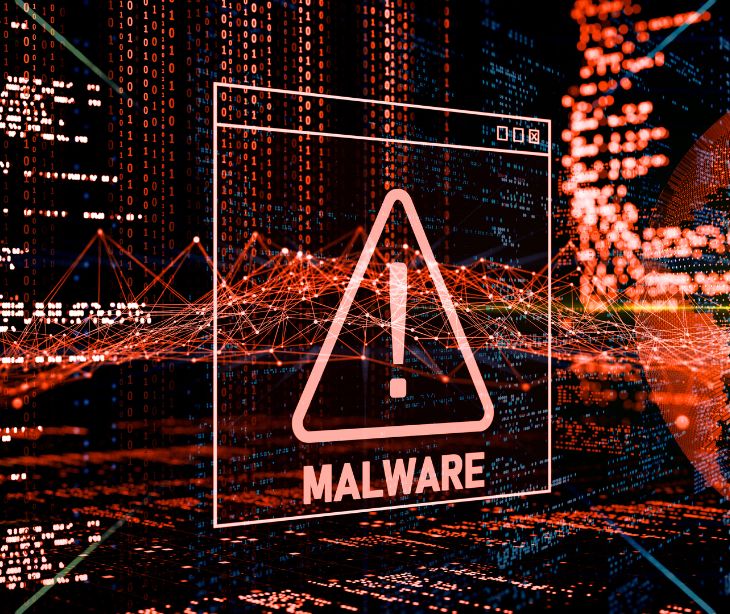
A supply chain attack is a cybersecurity breach that occurs when a malicious actor targets and exploits vulnerabilities within an organization's interconnected network of suppliers, vendors, or service providers rather than directly attacking the primary target.
Compromising external providers can give attackers access to the larger network, allowing them to steal sensitive information, disrupt services, or deploy malicious code.
How do supply chain attacks work?
- Infiltration through vendors: Healthcare entities often use many vendors for software, medical devices, and services. Hackers target these external providers, injecting malicious code or compromising their systems to gain access to the healthcare network.
- Subtle intrusions: These attacks can go undetected for extended periods. They often masquerade as legitimate software updates or routine network interactions, allowing cybercriminals to operate stealthily within the network.
- Data exfiltration: Once inside the network, attackers can steal sensitive patient data and intellectual property or disrupt healthcare services, leading to severe consequences for patients and the organization.
Why healthcare systems are vulnerable
- Complexity and interconnectedness: The intricate web of suppliers, software, and devices makes healthcare systems susceptible to compromise at various entry points.
- Legacy systems: Many healthcare facilities still rely on outdated systems and software, which may have unpatched vulnerabilities, making them prime targets for attackers.
- High-stakes data: Healthcare records contain highly sensitive information, making them lucrative targets for cybercriminals aiming to sell this data on the black market or for ransom.
Related: Why do cyberattacks happen?
Mitigating supply chain risks in healthcare
- Vendor due diligence: Perform thorough vetting of third-party vendors, ensuring they adhere to robust cybersecurity standards and regularly update their systems.
- Continuous monitoring: Implement real-time monitoring systems to detect anomalies or suspicious activities within the network, allowing for immediate response and mitigation.
- Regular updates and patch management: Ensure all software and devices are regularly updated with the latest security patches to mitigate vulnerabilities.
- Employee training and awareness: Educate staff about the risks of supply chain attacks, emphasizing the importance of vigilance, proper data handling, and reporting any suspicious activities promptly.
Related: How healthcare can avoid devastating supply chain cyber attacks
Subscribe to Paubox Weekly
Every Friday we'll bring you the most important news from Paubox. Our aim is to make you smarter, faster.




